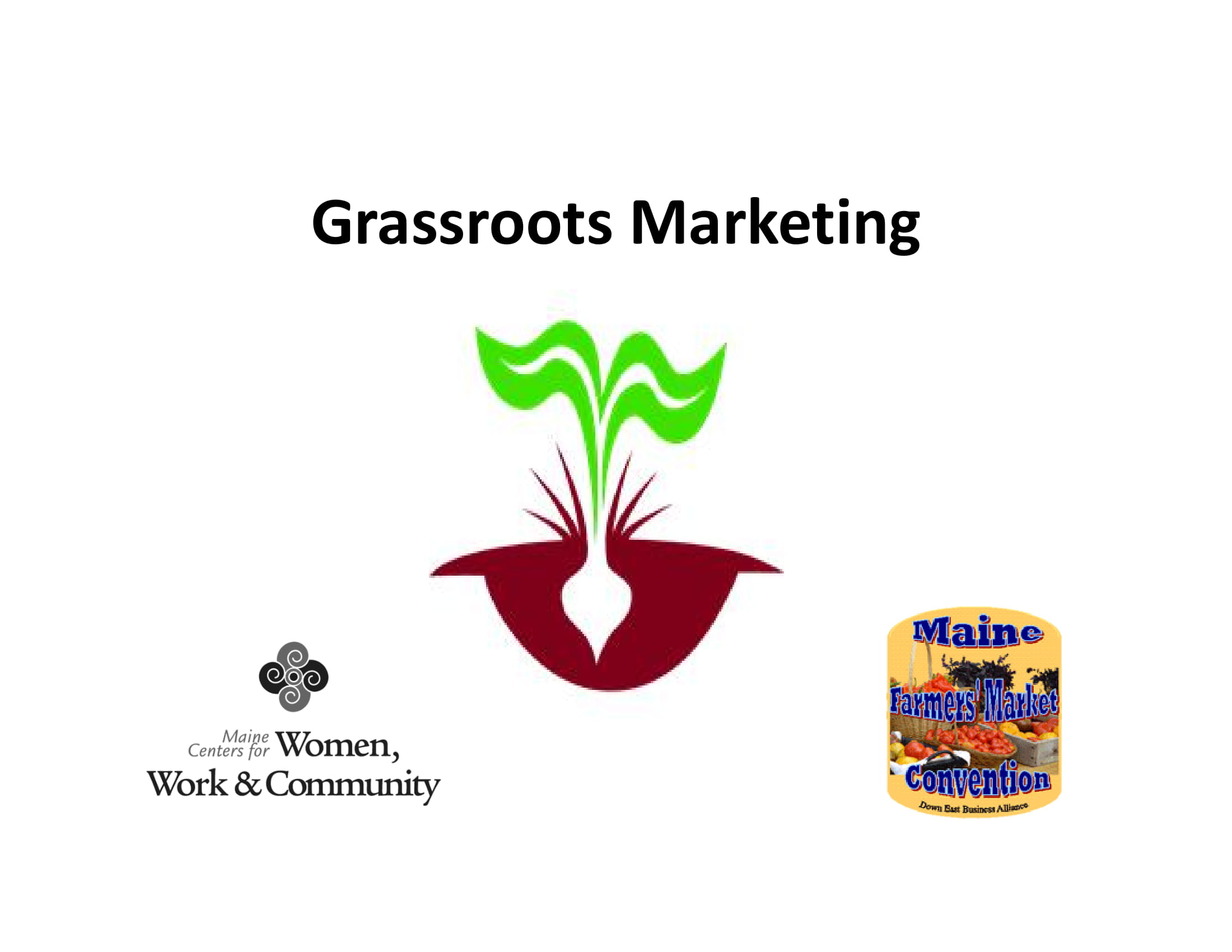5 Grassroots Marketing Examples

Grassroots marketing is a strategy that involves connecting with customers on a personal level, often through local events, word-of-mouth, and community engagement. This approach can be highly effective for businesses looking to build strong relationships with their target audience and create a loyal customer base. Here are five grassroots marketing examples that demonstrate the power of this strategy:
1. Hosting Local Events
One of the most effective ways to engage with your community is by hosting local events. These events can range from workshops and seminars to concerts and festivals, depending on your brand’s niche and target audience. For instance, a fitness studio might host a free outdoor yoga class in a park, while a bookstore could organize a book reading and signing event with a local author.
Example: A craft brewery hosts a weekly “Brewery Night” where they offer tours, tastings, and live music. This event attracts locals and visitors alike, fostering a sense of community and loyalty to the brand.
2. Partnering with Local Businesses
Collaborating with other local businesses can amplify your grassroots marketing efforts. By partnering with complementary businesses, you can expand your reach and create mutually beneficial promotions. For example, a coffee shop could partner with a nearby bakery to offer a discount to customers who show a receipt from the other business.
Example: A boutique clothing store partners with a local salon to offer a “Beauty and Fashion” package. Customers who book a salon appointment receive a discount at the clothing store, and vice versa. This partnership encourages customers to explore both businesses and builds a stronger connection between them.
3. Leveraging User-Generated Content
User-generated content (UGC) is a powerful grassroots marketing tool. By encouraging customers to share their experiences with your brand, you can create a sense of community and social proof. This can be achieved through social media contests, review incentives, or even a referral program.
Example: A outdoor gear company launches a social media campaign asking customers to share photos of themselves using the company’s products. The best photos are featured on the company’s Instagram page, and the customers receive a discount code as a thank you. This campaign generates buzz and encourages more customers to share their experiences.
4. Offering Free Services or Products
Providing free services or products can be a highly effective grassroots marketing strategy. This approach demonstrates your brand’s value and builds trust with potential customers. It can also encourage word-of-mouth marketing, as customers are more likely to recommend a brand that has given them something of value for free.
Example: A financial planning service offers free consultations to first-time clients. This not only helps potential customers understand the value of the service but also builds trust and encourages referrals.
5. Engaging in Local Philanthropy
Supporting local causes and charities is a great way to demonstrate your brand’s commitment to the community. This can involve sponsoring local events, donating to charities, or even organizing volunteer days for your employees. Philanthropic efforts can foster a positive brand image and encourage customer loyalty.
Example: A restaurant chain partners with a local food bank to launch a “Meal for a Meal” program. For every meal purchased, the restaurant donates a meal to the food bank. This initiative not only gives back to the community but also encourages customers to choose the restaurant over competitors.
Implementing Grassroots Marketing Strategies
To implement these grassroots marketing strategies effectively, consider the following steps:
- Identify Your Target Audience: Understand who your ideal customer is, what they value, and how they prefer to engage with brands.
- Choose Relevant Strategies: Select the grassroots marketing strategies that best align with your brand’s niche and target audience.
- Set Clear Goals: Define what you hope to achieve with your grassroots marketing efforts, whether it’s increasing brand awareness, driving sales, or building customer loyalty.
- Measure and Evaluate: Track the effectiveness of your grassroots marketing efforts and make adjustments as needed.
By embracing grassroots marketing and focusing on building genuine connections with your target audience, you can create a loyal customer base and drive long-term success for your business.
Key Takeaway
Grassroots marketing is about fostering strong, personal connections with your customers and community. By hosting local events, partnering with other businesses, leveraging user-generated content, offering free services or products, and engaging in local philanthropy, you can build a loyal customer base and achieve long-term success.
What is the primary goal of grassroots marketing?
+The primary goal of grassroots marketing is to build strong, personal connections with customers and the community, leading to brand loyalty and long-term success.
How can small businesses benefit from grassroots marketing?
+Small businesses can benefit from grassroots marketing by creating a loyal customer base, increasing brand awareness, and differentiating themselves from larger competitors through personal, community-focused efforts.
What role does community engagement play in grassroots marketing?
+Community engagement is a critical component of grassroots marketing, as it involves interacting with the local community, supporting local causes, and demonstrating a genuine commitment to the area where the business operates.
